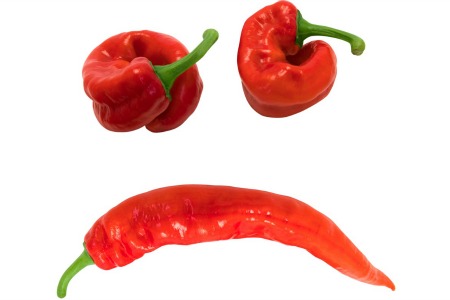
Photo by Helena Dagmar.
The summer before I left for college, I cleaned out my entire closet deciding what to take with me. I divided my shirts, pants, and dresses into categories, and the “donate” and “trash” piles became huge. My massive collection of unwanted clothing indicated an integral problem: My unsustainable shopping habit was money-draining, space-consuming, wasteful, and, as I would later learn, takes a toll on the environment. After the painful culling process and in the face of a leaner college budget, I decided to start shopping smarter — both economically and environmentally. I started to thrift.
Currently, the average American purchases about 10 pounds of recycled clothing per year. Countless blogs have dedicated posts on the art of thrifting. Here are five reasons why you should consider thrifting your clothes:
1. Less energy, fewer chemicals. It takes energy to transport the cotton from farms to the textile manufacturing factory to retailers, and ultimately, to consumers. Within the manufacturing process, a lot of energy consumption occurs during the washing, de-sizing, bleaching, rinsing, dyeing, printing, and finishing processes. Once the consumer no longer wants clothes, energy is required to dispose of them, too. So, by buying secondhand, you divert clothes from landfills and save energy by getting more mileage from that piece of clothing. A 2007 study found that recycling or reusing cotton clothing uses a tiny fraction (2.6 percent to be exact) of the energy required to manufacture the garment from virgin materials. In addition, cotton is the most pesticide-intensive crop in the world. Extensive pesticide usage leads to soil acidification and agricultural runoff, which causes hypoxia in nearby surface waters and subsequently disrupts ecosystems. Decreasing your demand for new cotton will decrease the use of chemical pesticides to grow the cotton, which is a win-win for you and the environment.
2. Reduce your water footprint. Water is involved in almost every stage of clothing production. It takes water (in addition to energy and pesticides) to grow the cotton: One kilo (2.2 pounds) of cotton takes up to 20,000 liters (5,300 gallons) of water. The intensive pesticide usage associated with cotton can find its way into runoff and contaminate ground and surface water. Wet processing of cotton consumes 150 liters per kilogram (18 gallons per pound), and 180 liters per kilogram when printed (21.6 gallons per pound). It also takes water to produce the electricity used to power all these processes of manufacturing, producing packaging, and transportation. On average, a cotton T-shirt requires 2,500 liters (660 gallons) of water to produce. A pair of jeans takes over 10,000 liters (2,642 gallons) of water. Taking these figures into consideration, how much water is found in the shirts and jeans that you own? It’s probably a lot.
3. More thoughtful consumption. I used to find myself thoughtlessly purchasing the latest trends — just because they were cheap — only to wear that piece of clothing once or twice before it was forgotten at the back of my closet. According to the EPA Office of Solid Waste, Americans throw away about 68 pounds of clothing per person every year, making up about 4 percent of municipal solid waste. For me, more thought goes into buying something at a thrift shop. Will I actually wear this? Will it go out of style? And do I truly need it? Before buying, make sure you check for tears, stains, and other damage.
4. Save money. The average American woman spends between $1,000 to $2,000 each year on clothing, but only wears about 25 percent of what’s in her closet. Though thrifting generally takes more time and consideration, you save a ton of money, as long as you avoid bargain overloading and don’t buy unnecessary pieces.
5. Donating your gently used clothing to thrift stores gives back to the community. For instance, national thrift stores like Goodwill provide career support for the disabled. Here’s a national directory of charity-driven thrift stores to get you started, and a list of thrift shops around the U.S. Other than thrift shops, you should also try out local consignment stores, flea markets, and vintage shops.
Now an avid thrifter, I’ve learned how to do so efficiently and effectively, frequenting my local Seattle Goodwill and Value Village. If certain pieces need tailoring or have potential, I love creating something fun and unique with my sewing machine, a pair of fabric scissors, and a free afternoon.



